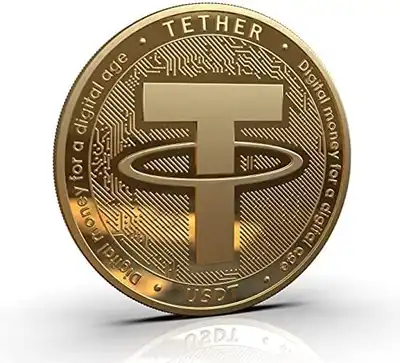As the world’s most popular stablecoin, Tether (USDT) has played a significant role in the cryptocurrency market since its inception. Providing a stable value pegged to the US dollar, Tether has become a valuable tool for traders, investors, and businesses seeking stability amidst the inherent volatility of cryptocurrencies. In this blog post, we will explore the future potential of Tether and the challenges it may face in an ever-evolving digital asset landscape.
Future Potential of Tether:
Continued Dominance as a Stablecoin: Tether’s pioneering position as the first and most widely adopted stablecoin has cemented its place in the cryptocurrency ecosystem. As long as there is demand for a stable store of value within the volatile market, Tether is likely to remain a central player in facilitating trading, hedging, and cross-border transactions.
DeFi Expansion: Given its existing integration with various decentralized finance (DeFi) platforms, Tether is well-positioned to thrive as DeFi continues to grow. The demand for stable assets in DeFi protocols, such as lending and yield farming, presents ample opportunities for Tether to expand its use cases and further solidify its presence in the DeFi landscape.
Regulatory Recognition and Compliance: Tether’s ongoing efforts to address regulatory concerns may lead to greater recognition and acceptance from governments and financial institutions. If Tether can provide transparent audits and prove full reserve backing, it could gain the trust of regulators and become more widely accepted as a compliant stablecoin.

Interoperability and Cross-Chain Support: As the cryptocurrency space evolves, the importance of interoperability and cross-chain support grows. If Tether can expand its presence on multiple blockchains, it may open up new avenues for usage and accessibility, making it a more versatile asset for users across different blockchain ecosystems.
Challenges for Tether:
Regulatory Scrutiny: The lack of full transparency and the ongoing regulatory scrutiny surrounding Tether’s reserves remain significant challenges. Continued regulatory pressure and potential legal actions could impact Tether’s operations and market confidence, affecting its overall stability and adoption.
Competitive Landscape: The stablecoin market has become increasingly competitive, with several other stablecoins vying for dominance. While Tether currently leads the pack, it must continuously innovate and address shortcomings to maintain its competitive edge against emerging rivals.
Cybersecurity and Hacking Risks: As a widely used cryptocurrency, Tether remains a target for cybercriminals. High-profile hacking incidents or security breaches could erode trust in Tether, leading to a loss of user confidence and affecting its market standing.
Market Volatility: Tether’s stability is partly reliant on the strength of its peg to the US dollar. Any significant fluctuations in the value of the US dollar or macroeconomic events could potentially impact Tether’s stability, creating challenges for its users and the broader crypto market.




